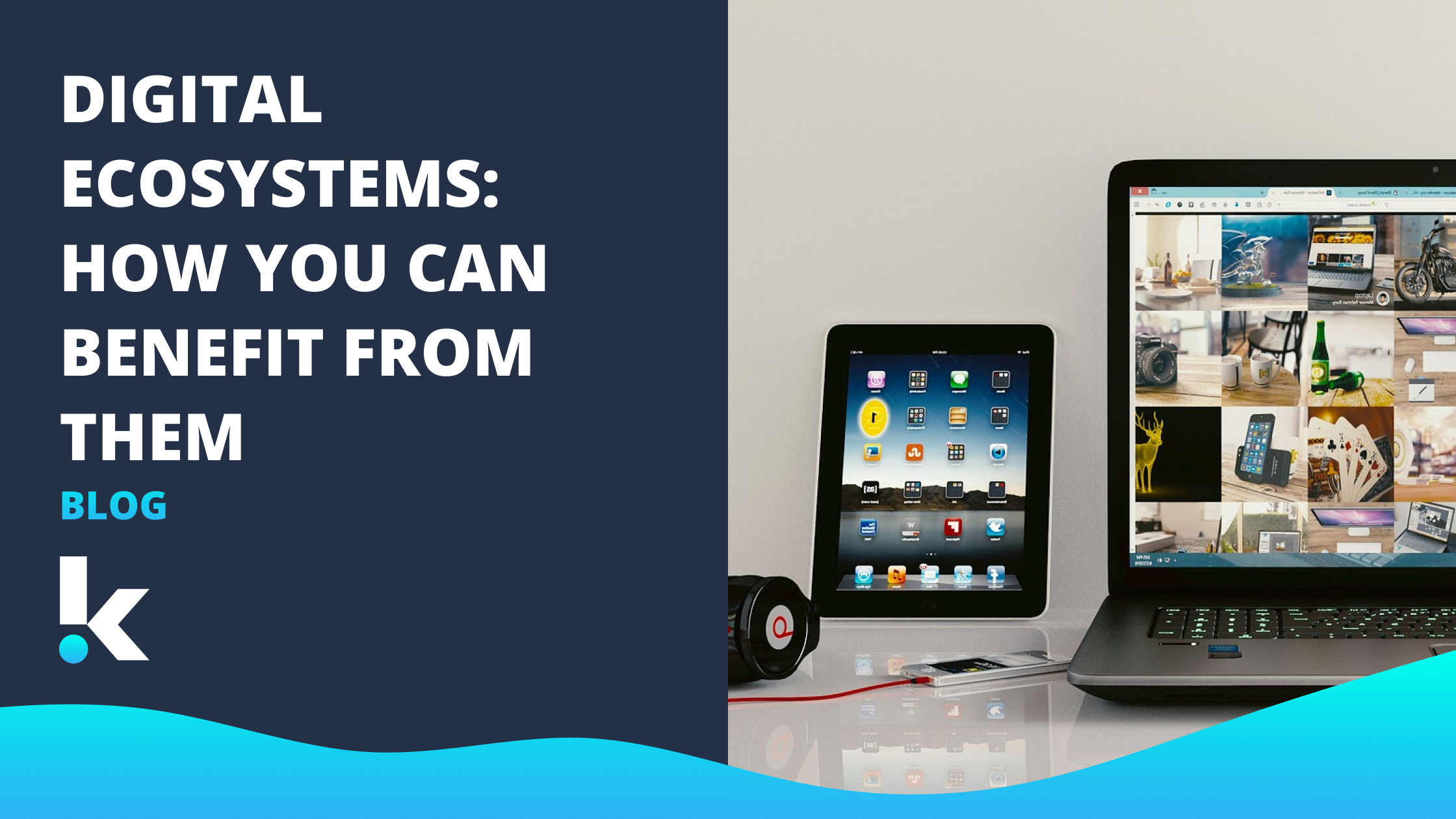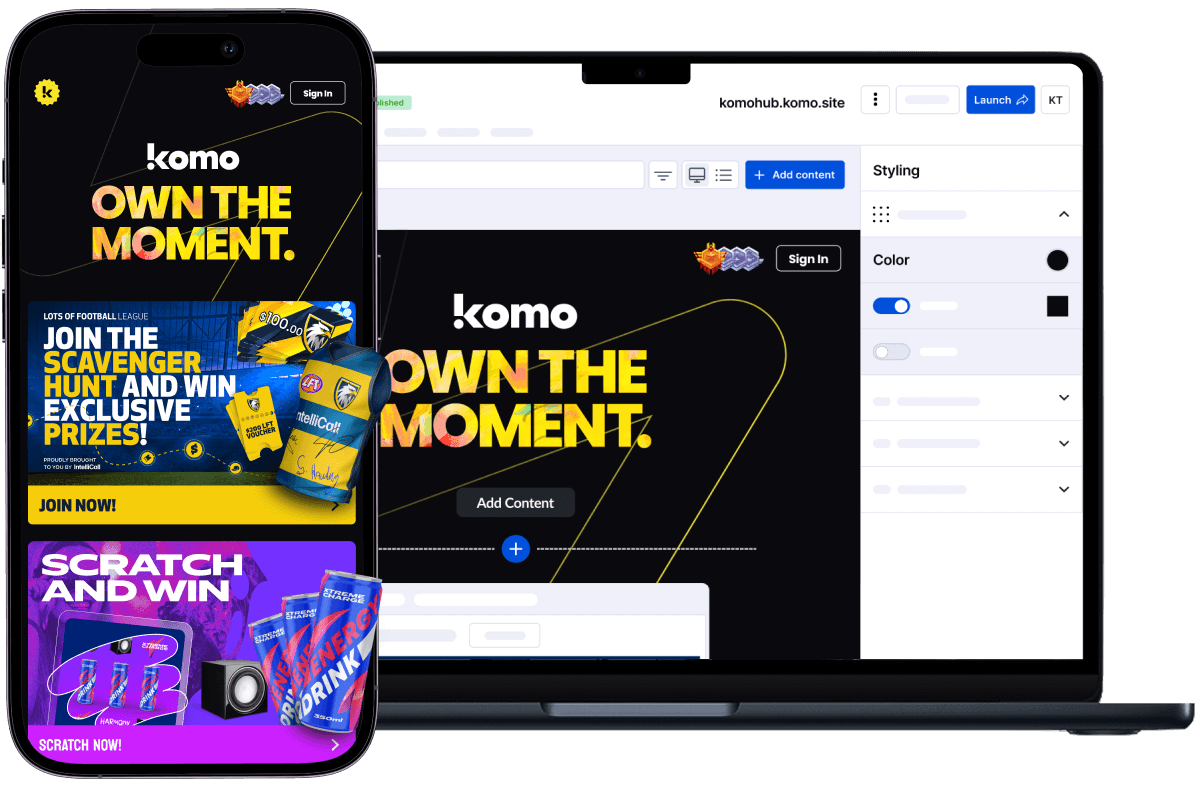A digital brand strategy is the impetus for effective branding in the online space, serving as the roadmap of how value is delivered to a brand’s audience and how products can be promoted meaningfully. An effective digital brand strategy draws on elements from pull marketing strategies, emotionally resonating with their target audience, which then generates demand for products. But how do brands achieve this kind of influence?
A well-planned digital brand strategy is key
Brand strategy defines the long-term outlook for how your brand presents itself digitally and sets you apart from your competitors (which brands need to stand above the clutter). Successful digital brands that engage audiences effectively build awareness, trust, loyalty, and advocacy.
When thinking of successful case studies, Apple comes to mind. Apple has mastered the art of emotionally connecting with their audiences and establishing a strong brand personality and identity - another example of pull marketing.
Follow these 6 simple steps to discover how to create a digitally engaging brand, and more importantly, enhance the brand experience for your customers.
%20(1).jpg?width=6000&name=dole777-EQSPI11rf68-unsplash%20(1)%20(1).jpg)
1. Establish your brand’s identity
In addition to informing your audience on exactly how you solve problems through your products or services, your audience has to know what you stand for. Brand identities are where emotional connections and trust stem from, as well as how brands attract customers that are engaged the most with them. A brand purpose is the best way to define your brand’s mission, vision, and values. These factors will dictate not only how your business is run, but how your products are developed to benefit your audiences. Going back to the example of Apple, their mission and values are built around innovation, which trickles down into every area of their brand identity - most notably, their tagline, “Think different”. Brands can have identities as complex as humans, and so elements of storytelling incorporated into your brand identity allows your customers to form a narrative about what your brand stands for and how your market offerings deliver value.
2. Use messaging and visual language that reflects your brand identity
Communicating a brand identity accurately and effectively is just as important as having one. Brands can develop an identity through visual and written elements in all of the touchpoints they have with customers, from websites to the captions on social media posts. Brands have to utilise the correct tone of voice and language that resonates with their target audience in delivering their messages, whether it’d be casual and friendly messaging that uses slang and jargon or formal language that conveys authority.
Speaking to your audience on a personal level and communicating in a relatable way helps greatly in establishing a two-way relationship between the brand and customer, making sure your brand attracts your intended target audience, who are highly likely to be already emotionally engaged with your brand.
3. Deliver content that adds value
Engaging content builds top-of-mind awareness for your brand in your product category. All too often brands have a tunnel-vision focus on metrics measuring social media engagement and downplay the importance of captivating and holding the attention of their audience - all of which ultimately leads to improved metrics. This can be achieved through content that adds value and improves the digital brand experience, rather than interrupt it. It's important to remember that content is not limited to posts on social media, but that it extends to anything your audience can consume from your brand: from entertaining online video ads to e-books. The content strategy for digital marketing and branding should be to engage your customer emotionally first, and the metrics will follow.
4. Select appropriate channels to communicate
Channels serve as the touchpoints your brand has in the arsenal to directly or indirectly deliver positive digital brand experiences. It’s no question that a brand should appear on social media platforms most frequented by their customers as well as have a website, but brands should also know that channels to reach audiences extend to email marketing, pay-per-click, and even search engine optimisation.
Komo recognises the importance for brands to optimise digital touchpoints for engaging their target audience. Our Engagement Hub boasts a variety of engagement tools ranging from trivia quizzes and competitions to directly interact and communicate with your audiences and ultimately build brand-customer relationships through positive and engaging experiences.
5. Establishing goals and KPIs
Deciding what strategic goals your digital engagement strategy aims to accomplish is essential, whether it’d be establishing a building brand reputation or improving click-through-rates to websites. Goals provide direction for content strategy, from what kind of content our brand makes to what call-to-actions and even channel selection decisions. As the old digital marketing adage goes, “You can’t improve what you don’t measure.” Having selected KPIs to serve as indicators for success allows you to continuously track, improve, and innovate your digital engagement strategies.
Effective use of data and KPIs may help you discover new and interesting insights such as the demographics of your audience, how they make decisions, and even if your content appeals to a completely different target audience! A hallmark of Komo’s products is the ability for brands to collect important insights on their customers, derived from customer responses from the brand’s Engagement Hub.
.jpg?width=4864&name=austin-distel-TluMvvrZ57g-unsplash%20(1).jpg)
6. Double down on genuine relationships
Consumers have grown tired of having online marketing messages show up on screens of every device they own and have been increasingly selective in what they pay attention to. As alluded to already, keeping your customer engaged on digital platforms requires that the digital branding and engagement strategy revolve around the consumer. The multitude of digital platforms at a brand’s disposal allows for leveraging the ability for two-way communication, connecting brands and consumers like never before. However, online audiences are only receptive to meaningful communication, and so brands should keep in mind that they need to build authentic human relationships.
Leverage your brand to engage customers anytime, anywhere
Creating a digitally engaging brand is both an art and a science: marketers require creative approaches when designing a brand identity and strategic thinking when employing tactics to drive behaviour. To this end, brands need to optimise the touchpoints in their digital engagement strategy for relationship building. Komo helps your brand achieve your engagement goals in the online space, making sure you're always at the fingertips of your customers, where they can interact with your brand anytime and anywhere.
Find out how Komo can increase your brand’s engagement today and contact us to book your consultation.
-May-24-2021-08-54-43-76-AM.png)

.png)

